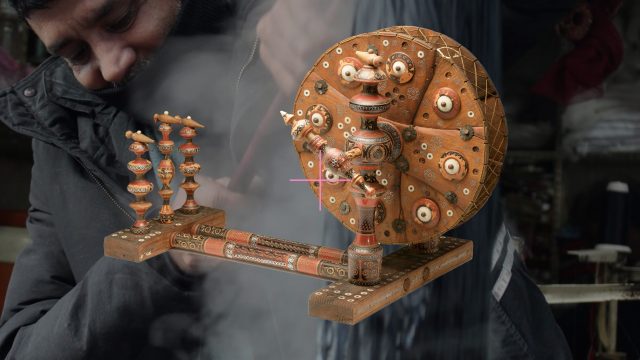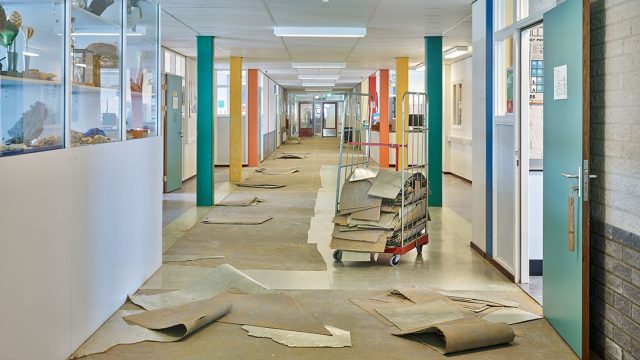How do you make this two-legged seat stand upright in the forest? By leaning it on a tree trunk! Adam’s Stanford’s ‘Seat for a Forester’ prompts us to rethink our relationships to forests, and how we care for them.

This project is one of twelve presented in the Make Good Field Notes display. Each is the result of a Summer School organised by the V&A in partnership with the environmental charity Sylva Foundation. During two weeks, participants were invited to think about – and make – objects exploring under-utilised, home-grown timber, while reflecting on issues of land use and ownership, management of forests, and questions of access and inclusion.
Upon their arrival at the Sylva Foundation in Oxfordshire, Adam and the other participants were taken on a tour of the site’s woodlands. There, Sylva Foundation’s Chief Executive, Gabriel Hemery, shared his experience of being a forester, and the care that goes into looking after forests.
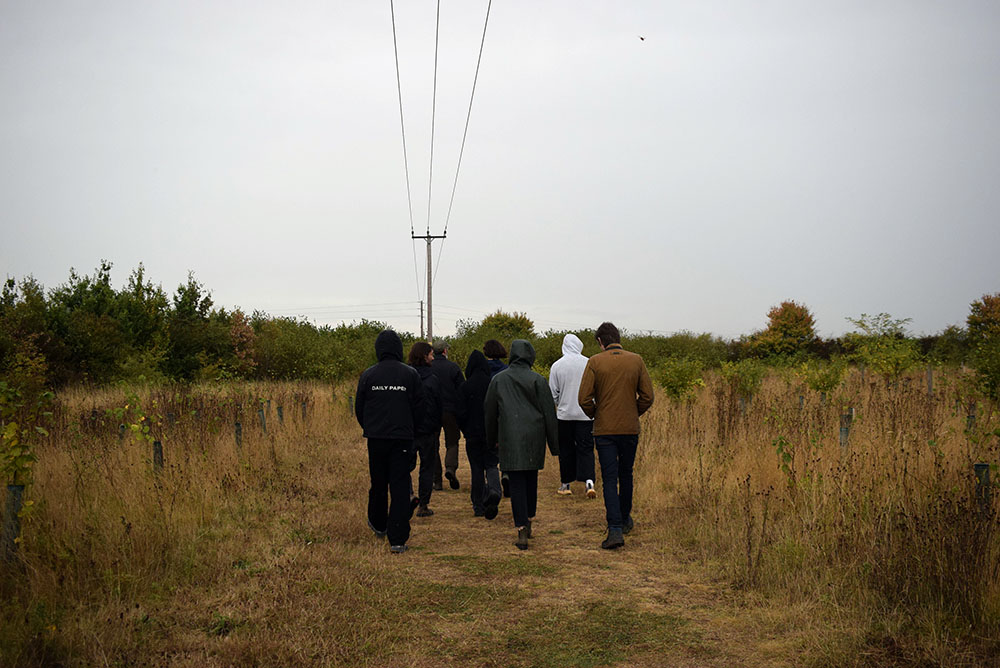
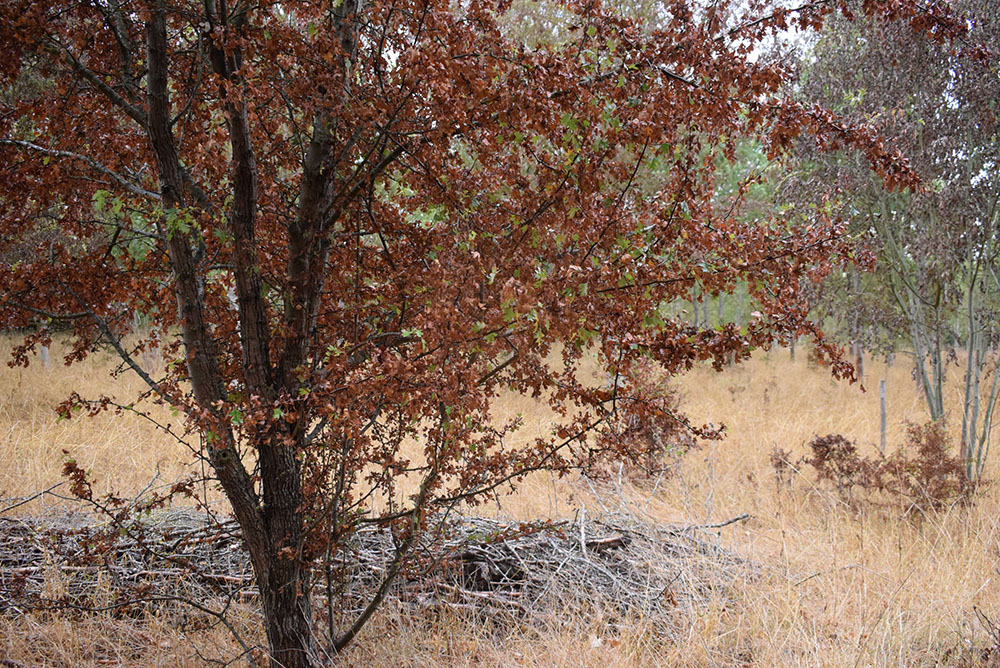
Hearing about the processes involved in tree planting, growth, harvest and decay prompted Adam to reflect on the timescale of forests. He conceived a chair made of wooden elements put under such tension that it will eventually lead to its decay. The seat pad is made of green wood, or wood that has been freshly cut, is unseasoned, and contains a high level of moisture. The rest of the chair is made of kiln-dried wood, which makes it far more stable. The green wood seat, prone to movement, yet restricted by its dried-wood frame, will eventually warp, crack, and perhaps even break. When presenting his project, Adam called the chair ‘the V&A’s worst nightmare’. Luckily, this object is on loan to us, and the chair’s decay is clearly noted as being an intentional part of the object, which should keep us out of trouble (phew!).
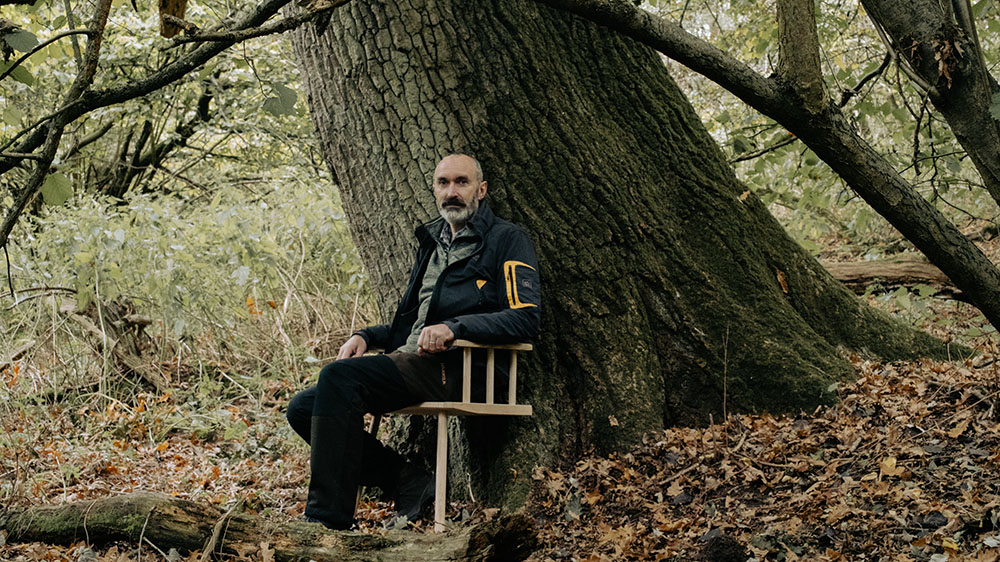
The context for which this chair was made is as important as its material story. Adam intended that the chair would be taken back to a forest, where it would be placed at the trunk of a tree. There, it truly becomes a ‘seat for a forester’, highlighting both the human and ecological labour involved in producing timber. For Adam, forests are too often considered exclusively as spaces of extraction – the act of sitting transforms forests into sites of conviviality and contemplation. It invites foresters, and others, to build intimacy with nature and woodlands, and to reconsider our wood culture as one filled with intent and care.

You can find Adam Stanford’s ‘Seat for a Forester’ on display in the Dr Susan R Weber Furniture Gallery. It remains on display until the end of October 2023.

